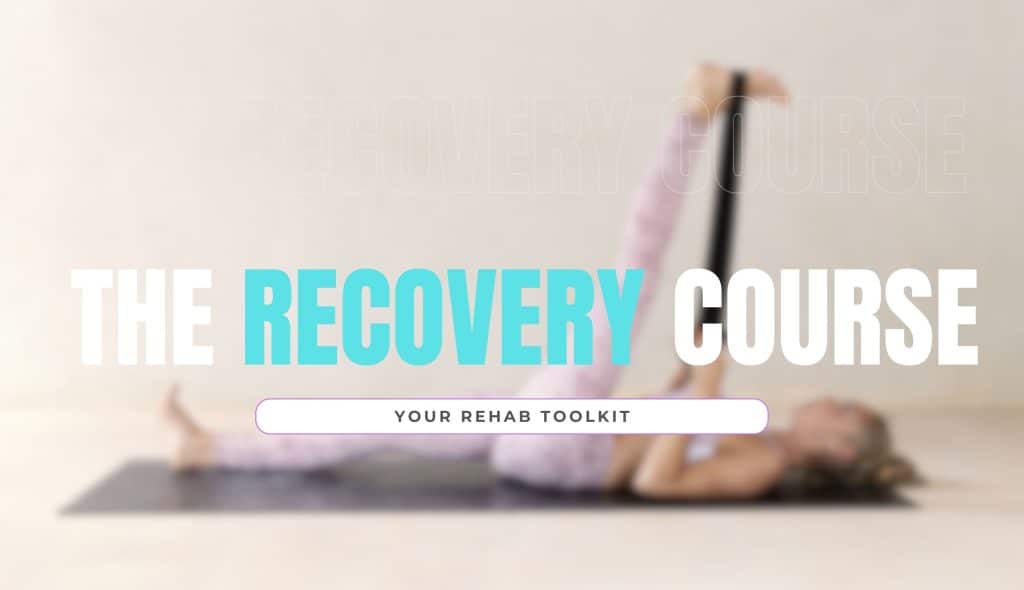
### Managing Muscle Discomfort After Yoga: Recovery Strategies
Feeling muscle discomfort following an intense yoga session is a frequent occurrence, especially for those who have experimented with new poses or exceeded their usual fitness capabilities. This discomfort is referred to as Delayed Onset Muscle Soreness (DOMS), and it is a natural aspect of the body’s healing and rehabilitation mechanism. Knowing how to handle this discomfort can improve your yoga experience and support faster recovery.
#### Grasping Delayed Onset Muscle Soreness (DOMS)
DOMS generally manifests 12 to 48 hours post-exercise and occurs due to tiny damage to muscle fibers, especially when participating in activities that are unfamiliar or more demanding than normal. Although it may be bothersome, it is typically short-lived and signifies that your muscles are adapting and gaining strength.
#### Strategies to Reduce and Address Discomfort
1. **Perform a Proper Warm-Up**: Engage in a comprehensive warm-up before your yoga session. Gentle movements and dynamic stretches prepare your muscles and enhance blood circulation, lessening the chance of discomfort.
2. **Stay Hydrated**: Consuming ample water before, during, and after your class can help mitigate discomfort. Adequate hydration aids in nutrient transport and the removal of waste products resulting from muscle breakdown.
3. **Progress Gradually**: Avoid hastily attempting challenging poses. Slowly enhance the intensity and complexity of your workouts to let your muscles adjust without extended discomfort.
4. **Stretch After Exercise**: Following your yoga practice, unwind with gentle stretches. This can assist in realigning muscle fibers and promoting better recovery.
5. **Prioritize Rest and Recovery**: Grant your muscles the time they need to recuperate. Ensure you get sufficient sleep, as this is when the body mainly repairs itself.
6. **Engage in Active Recovery**: Partake in low-intensity activities like walking, light swimming, or gentle yoga to sustain mobility and improve blood circulation, which can aid in recovery.
7. **Utilize Foam Rolling and Massage**: Employ foam rollers or seek a massage to alleviate muscle tightness and stress. These techniques can help dissipate lactic acid buildup and enhance muscle flexibility.
8. **Employ Heat and Cold Therapy**: Alternate between cold compresses to minimize inflammation and warmth (e.g., warm baths or heat packs) to alleviate stiffness and boost blood circulation to the muscles.
9. **Focus on Nutritional Support**: Maintain a well-rounded diet rich in proteins and anti-inflammatory foods. Protein is essential for muscle repair, while antioxidants can help diminish inflammation.
10. **Tune Into Your Body**: Be mindful of your body’s cues. If discomfort persists or escalates, consider reaching out to a healthcare professional to eliminate injury concerns.
#### Final Thoughts
Muscle soreness after yoga is a natural component of the body’s adaptation process, indicating that your muscles are becoming stronger. By implementing these strategies, you can effectively manage soreness and continue to reap the numerous benefits of your yoga practice while enhancing your overall health. Embrace patience and consistency, and keep in mind that caring for your body is crucial to any fitness journey.